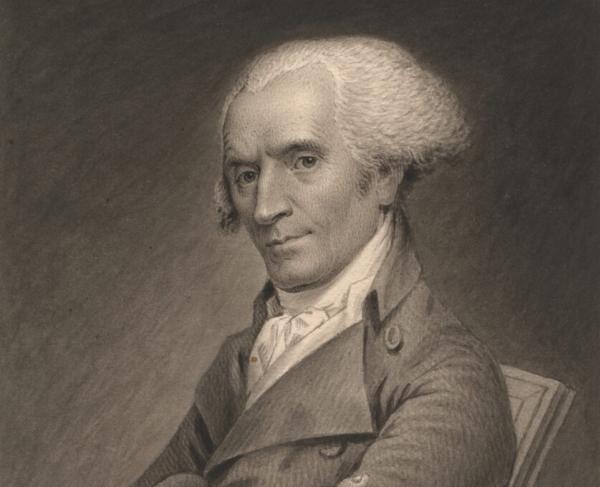Christopher Greene

A descendent of early New England settler Roger Williams and a third cousin of Continental Maj. Gen. Nathanael Greene, Christopher Greene hailed from a business family in Warwick, Rhode Island. Greene served in the Rhode Island legislature from 1771 to 1772. Along with Nathanael he helped organize a militia unit known as the Kentish Guards and following the Battles of Lexington and Concord, joined the Patriot army surrounding Boston.
Shortly after volunteering for Col. Benedict Arnold’s Canadian expedition, Greene received a promotion to lieutenant colonel. Greene participated in the assault on Quebec where he was captured on New Year’s Eve 1775. His service gained him a promotion to colonel, although Greene remained a prisoner until his release in August 1777. He quickly rejoined the Continental Army during the Philadelphia Campaign and subsequently received command of the 1st Rhode Island Regiment.
Gen. George Washington assigned Greene to defend Fort Mercer on the Delaware River. On October 22, an approaching British force demanded Greene surrender, else no quarter would be granted to the garrison, the Rhode Islander defiantly refused and replied, “this fort shall be my tomb.” Greene successfully defended the fort against a subsequent assault, inflicting heavy losses on the British. The engagement earned him the thanks of the Continental Congress in the form of a ceremonial sword.
Casualties in the battles that closed out 1777 depleted the Rhode Island Line. This prompted Brig. Gen. James Varnum to petition Washington to allow for the enlistment of slaves. Washington reluctantly approved the request. New enlistees mustered into the 1st Rhode Island Regiment. Those who served were granted their freedom while owners received compensation. Greene soon left the encampment at Valley Forge and returned home to recruit.
Despite the potential new source of manpower, Rhode Island’s slave population was relatively low. Additionally, the state legislature placed a limitation on the time given for enlistments. As such, Greene’s regiment never achieved full strength. Still, in August 1778, the unit participated in the Battle of Rhode Island.
Greene remained in Rhode Island until the end of November 1780 when he received orders to join the main army. On January 1, 1781, the First and Second Rhode Island Regiments were consolidated into the “Rhode Island Regiment”. The reorganized unit contained two companies of Black soldiers and encamped near Peekskill, New York. Greene’s primary responsibility throughout the spring involved picketing the Continental lines.
Early on the morning of May 14, 1781, elements of a Loyalist unit, De Lancey’s New York Volunteers struck Greene’s outpost at Pines Bridge. The ensuing fight resulted in a disaster for the Continentals, a number of them taken prisoner. Greene, however, lay among the dead. He initially put up a stiff defense but fell from a number of bayonet wounds in hand-to-hand combat.
Colonel Henry “Light Horse Harry” Lee lamented Greene’s loss in his memoirs. “Here the gallant veteran singly received them with his drawn sword”, he wrote. “Several fell beneath the arm accustomed to conquer, till at length overpowered by numbers, and faint from the loss of blood streaming from his wounds, barbarity triumphed over valor.”
Greene was interred in the nearby Yorktown Presbyterian Cemetery. His grave lay unmarked until a monument was placed in 1900. In 1982 a separate monument honor the Black soldiers involved at Pines Bridge was dedicated nearby.


